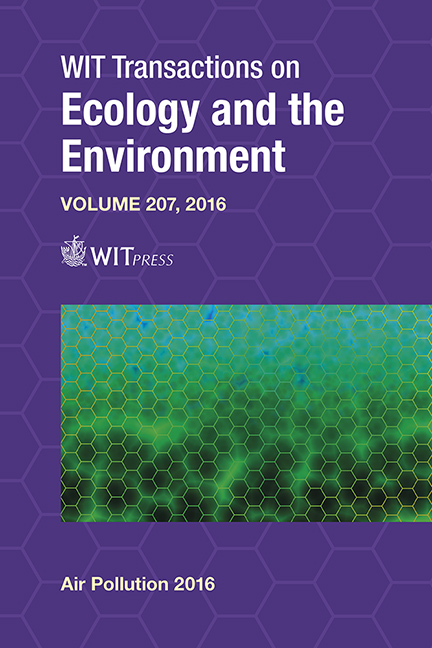Parametric Evaluation Of Emission Savings Potential Based On A Mobility Demand Model
Price
Free (open access)
Transaction
Volume
207
Pages
12
Page Range
67 - 78
Published
2016
Size
1,302 kb
Paper DOI
10.2495/AIR160071
Copyright
WIT Press
Author(s)
M. Kugler, M. Lienkamp
Abstract
Considering an intelligent optimization of individual mobility-induced CO2 emissions, the usage of renewable energies in electric vehicles is obvious. Unfortunately, renewable energies are not as consistent in their availability over the day and over the seasons as conventional energies based on oil and gas. For this reason, the energy generated by renewable sources would have to be buffered in special energy storage systems for later usage. But not all customers relish the idea of installing a voluminous temporary storage system in their homes.
In our approach we take a model based generic mobility demand of the everyday mobility behaviour as a basis for evaluating the emission savings potential for a household. For that aim a high usage factor of the energy generated by a home-integrated photovoltaic system (PV) is crucial. This work presents the optimisation process for determining the optimal configuration of the PV, buffer system and electric vehicle (EV) relative to the respective mobility characteristics. In order to evaluate the emission savings, the optimisation also proceeds with regard to cost-effectiveness considerations. This is conducted in a two-layered assessment. First, the technical costs for all installations are considered. Then, based on survey results, subjective user-dependent factors are integrated.
The results show that the emission savings potential ranges up to 90% of everyday mobility behaviour, taking different EVs as a basis for the mobility demand model. Relating to a compact car, an average savings potential of 75% is realistic. The main contributor for increasing the savings is the buffer storage system, allowing for emission-neutral recharging at all times.
Keywords
CO2, emission savings, mobility behaviour, photovoltaic system





